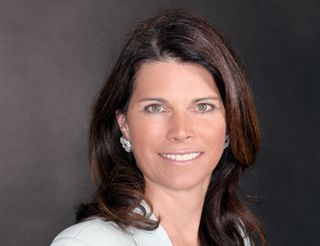Analysts to Ops: Fear Silicon Valley

Kansas City-- Finding a small cable operator complaining about high programming costs at the Independent Show is easier than finding a barbeque joint in this city.
But a group of analysts tried to persuade the cable faithful here that programmers shouldn’t be the focus of their fear and ire…Silicon Valley should be.
The panel, “Wall Street Update for Main Street MSOs,” was featured at The Independent Show, the annual confab for small and mid-sized cable operators hosted by the American Cable Association and the National Cable Television Cooperative
Indeed, far from carping about increased programming costs, cable operators should feel good about their business. New digital entrants destroyed the newspaper, music and Yellow Pages business, but the cable industry has largely avoided the mass migration of subscribers and revenue to new digital entrants.
“This is the only industry to date that has been able to fight the onslaught of digital platforms, and so far no leakage” said Laura Martin (pictured), a managing director at Needham & Co. -- a testament to the collaborative relationship between cable operators and programmers. "If that fractures, said Martin, "seventy percent of gross revenue will disappear.”
Overall viewing of TV content on more devices in the home is up, Martin said, which should provide more cover on price increases. In round numbers, cable’s $75 billion of subscription revenue, in addition to $75 billion in advertising revenue, is up roughly 20% over the past five years. Moreover, “all those consumers that are whining to you that they can’t possibly pay more money are paying another $3 billion to Netflix and another $1 billion in subscription fees.”
“You’ve got a better mousetrap – it’s just a question of execution,” said Naveen Nataraj, a senior managing director at Evercore Partners.
Multichannel Newsletter
The smarter way to stay on top of the multichannel video marketplace. Sign up below.
Martin suggested the operators in the room think more holistically about their business. True, video margins are getting squeezed, compared to broadband margins, but video content, in not so many years, will be moving to toward a more interactive, real-time experience. Cable operators have a strategic advantage with the double bundle – and far better discovery than online sites such as YouTube.
“You should think of your video and broadband product as integrated” because of interactive possibilities around the corner…”only you can do those fast speeds two way.” “Keep the bundle… the bigger the bundle the better,” Martin said.
“These Silicon Valley companies are much more threatening enemies to you than your content companies are,” said Martin. Google, for example, has 50,000 employees and $55 billion in revenue last year with $20 billion in free cash flow. “They lose money on Google Fiber and they don’t care.” Their intent is to disrupt and they have “plenty of money to play with”
All disruption starts at the low end where there’s no economics and in time it moves up into the profit pool, Martin said. Google Fiber is “losing a fortune” trying to get cable to invest in higher speeds. “They want free access to fast speeds so they can innovate and deliver things over your pipes for free… they’re coming after you and they have big teeth…”










